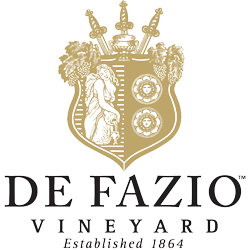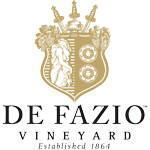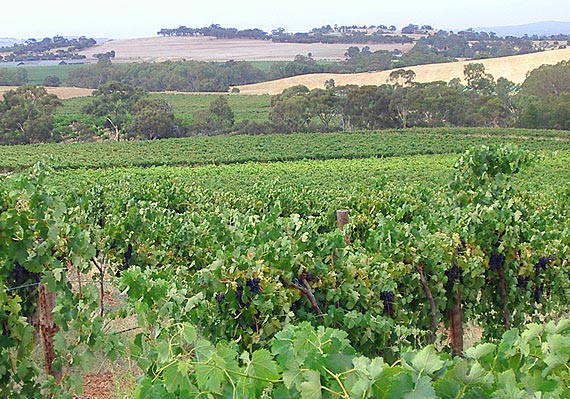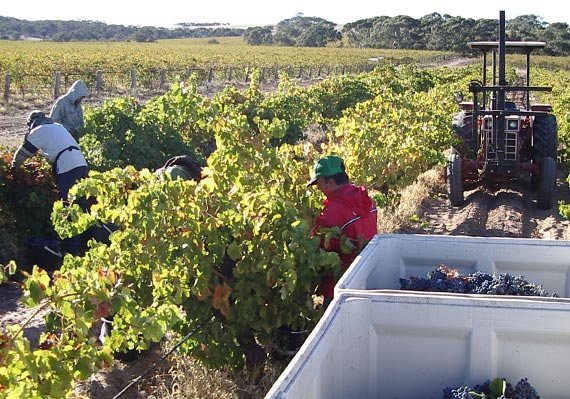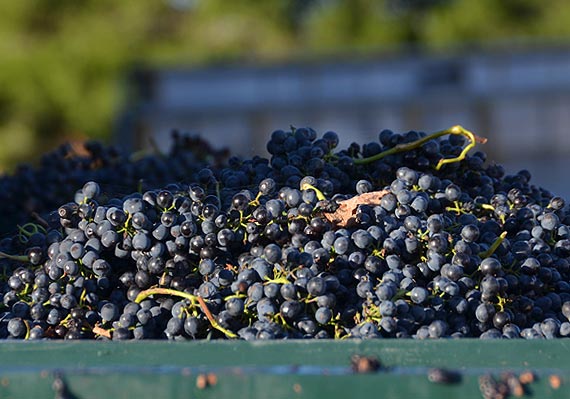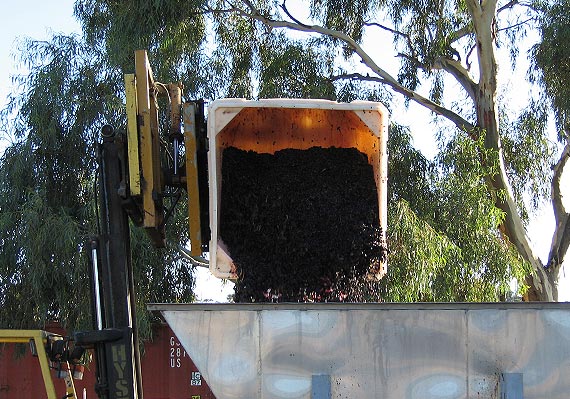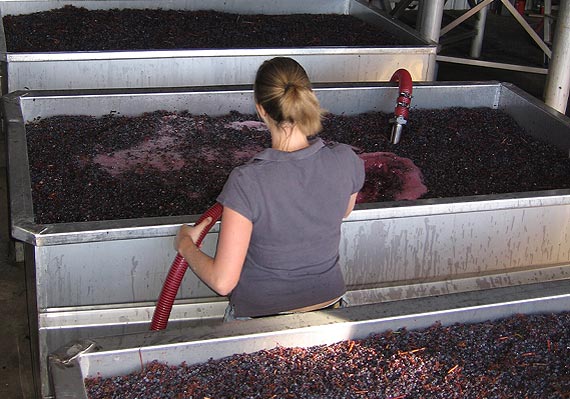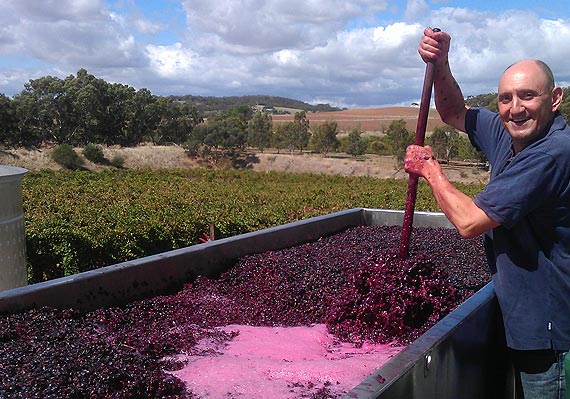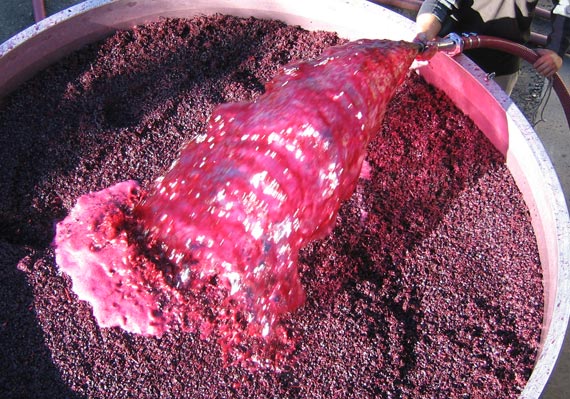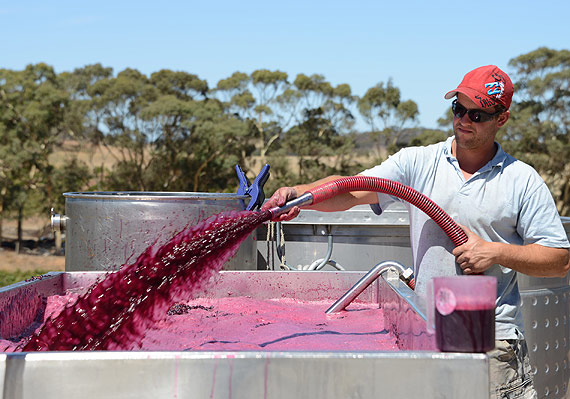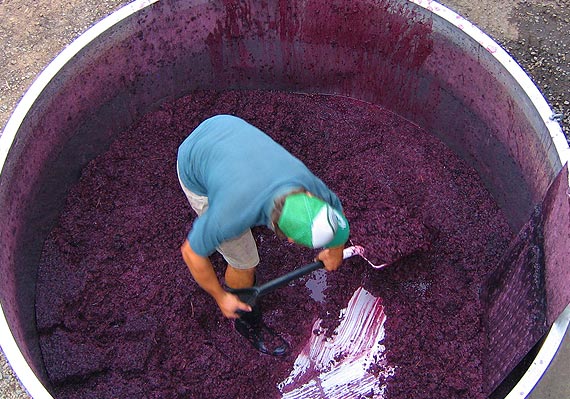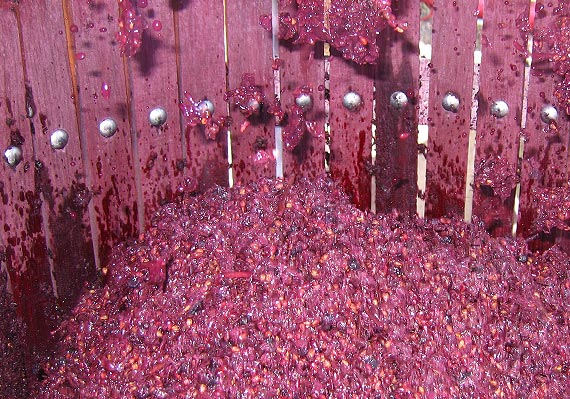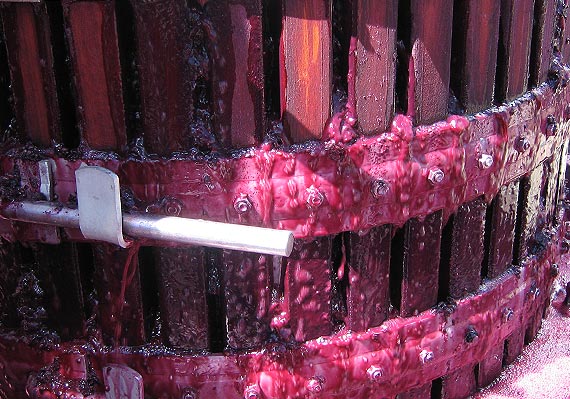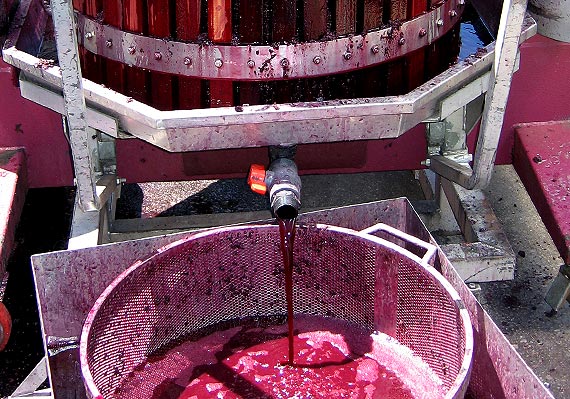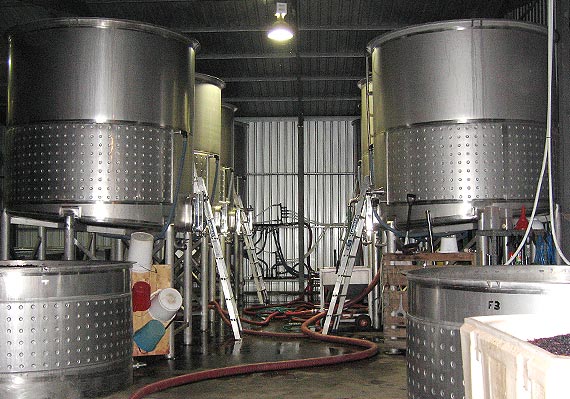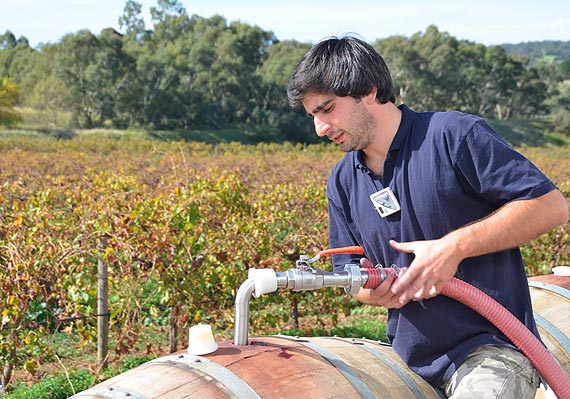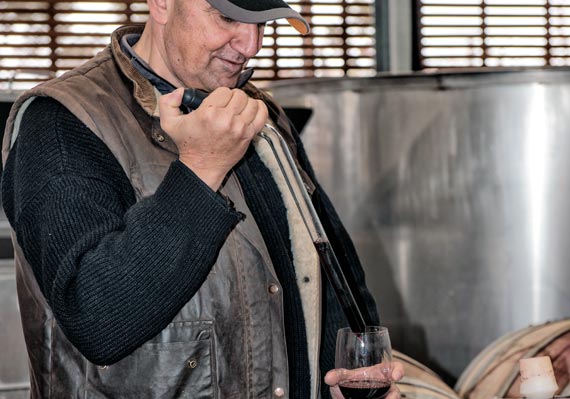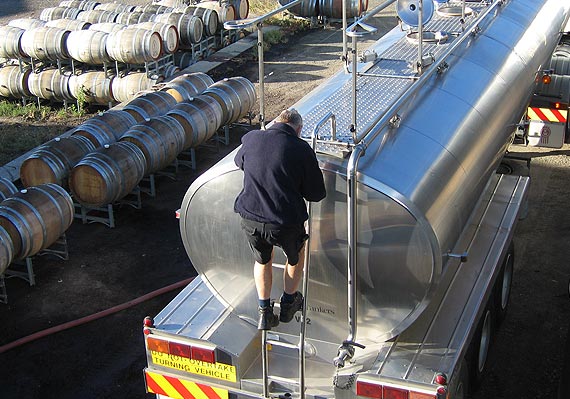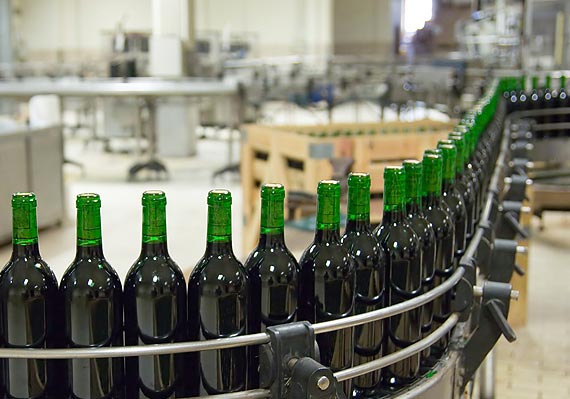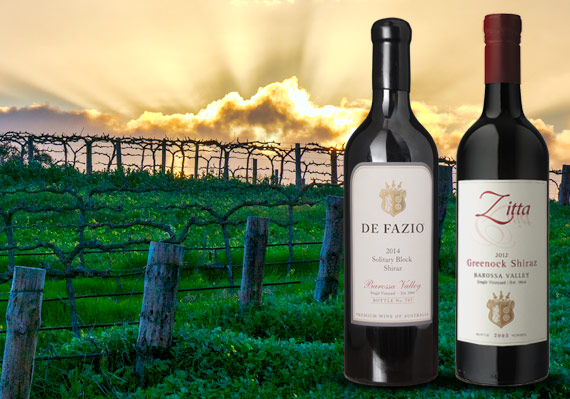CARLOPOLI TO GREENOCK
OUR STORY
![]()
The De Fazio family has been growing grapes and making wine for generations. Their heritage can be traced back to Castagna, a small village in the town of Carlopoli within the Southern Italian province of Catanzaro, a region known since ancient times for its vine cultivation and rich, full-bodied wine varieties.
In fact, wines from the Carlopoli area, known as Enotria, or “Land of Wine”, were used to celebrate athletes’ victories in the ancient Olympic Games.
Angelo’s father, Gaspere (pictured above right), migrated to South Australia to start a new life shortly after the second world war. He continued working with vines and was particularly drawn to the Greenock/Moppa region in the North Western Barossa Valley, noticing a striking similarity between its topography and that of his homeland in Southern Italy.
Although Gaspere wasn’t able to purchase his own vineyard in the region, he was careful to pass on his priceless knowledge and observations to Angelo. In 1998 an opportunity to purchase a parcel of land a few kilometres from the township of Greenock presented itself. Section 560 had a long grape-growing history dating back to 1864, when the first Shiraz vines were planted in the deep red clays of the North Western corner of the property, near the banks of the Greenock Creek. It ticked all the boxes, Angelo acted, and the De Fazio family vineyard became a reality, right where Gaspere desired.
Angelo has further developed the vineyard with new plantings of Shiraz, Grenache, Mourvédre and Nero d’Avola, which are perfectly suited to the local conditions.
The 2004 vintage saw the establishment of the Zitta label, taking its name from the Italian word for “quiet”, the label is dedicated to Angelo’s quiet-achieving father Gaspere. Using natural techniques with minimal inputs, it seeks to capture the essence of the De Fazio Vineyard – featuring only those varieties perfectly suited to the local conditions – in exceptional estate wines.
The introduction of the De Fazio label with the 2014 vintage finds Angelo seeking to create a truly special experience. Taking small batches of handpicked fruit from one block of the De Fazio Vineyard, these limited-release wines are made with the care and passion of generations past. Matured in specifically imported French Oak barrels and packaged befitting their flagship status. They are indeed rare wines of the highest quality.
This unique heritage, and the dedication it brings to the traditional, old world art of natural wine making, is represented by the De Fazio Vineyard crest, which uses traditional Italian symbology to illustrate the essential qualities embodied in all wines from the vineyard.
![]()

WHERE IT HAPPENS
![]()
Watch how we carefully turn our precious fruit into exquisite single-vineyard estate wines.
